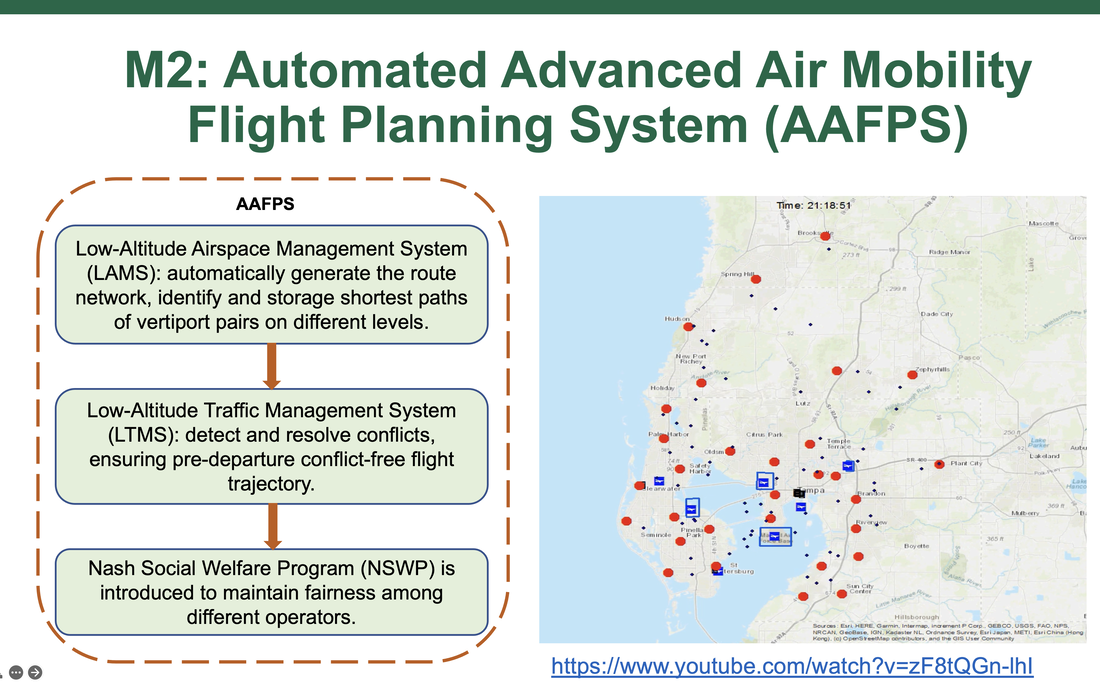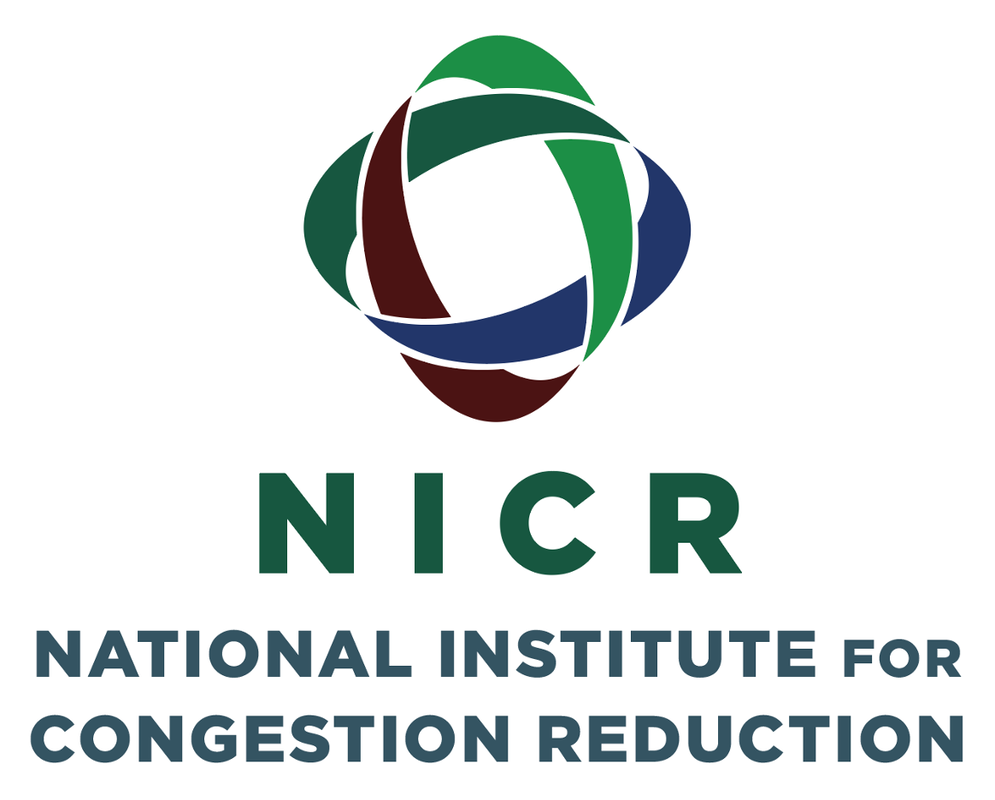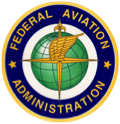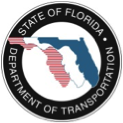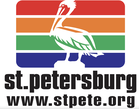|
Highlighted Research in Advanced Air Mobility
Urban Air Mobility (UAM) is an emerging concept proposed in recent years by utilizing electric vertical take-off and landing vehicles (eVTOLs), which is expected to offer an alternative way of transporting passengers and goods in urban areas with significantly improved mobility by making use of low-altitude airspace. Advanced Air Mobility (AAM) moves people and cargo between places previously not served or underserved by aviation – local, regional, intraregional, urban – using revolutionary new aircraft, information technologies, and CNSI in low altitude airspace. This study examines the network design of UAM on-demand service, with a particular focus on the use of integer programming and a solution algorithm to determine the optimal locations of vertiports, user allocation to vertiports (demand estimation), and vertiport access- and egress-mode choices while considering the interactions between vertiport locations and potential UAM travel demand. https://doi.org/10.1016/j.eng.2020.11.007.
We propose an Automated Flight Planning System (AFPS) that could be employed by PSUs. In the AFPS, a Low-Altitude Airspace Management System (LAMS) is proposed to automatically generate a route network with the capability of avoiding obstacles and obstructions in low-altitude airspace. Given the requests of flight operations, i.e., origin, destination, departure time, the Low-Altitude Traffic Management System (LTMS) will design pre-departure conflict-free 4D trajectories and provide flexibilities of en-route maneuvering by taking system cost and equity among operators into consideration. https://doi.org/10.1016/j.trc.2021.103324.
Click to set custom HTML
Other HighlightsDr. Yu Zhang's study "Design of Automated Advanced Air Mobility Flight Planning System" (co-PI: Hualong Tang) received Amazon Research Awards 2020. https://www.amazon.science/research-awards/program-updates/2020-amazon-research-awards-recipients-announced.
Congratulations to Tingting Zhao, PhD, and Yu Zhang, PhD, for the US Patent 11,321,648 issued on May 3rd, 2022 about a comprehensive method to categorize and plan restoration of key transportation infrastructure after natural disaster. |
Lab News:
|
Affiliated with:
Research Sponsors
Contact us:
Mailing Address: 4202 E. Fowler Ave. ENG030, Tampa, FL 33620, USA
Email Address: yuzhang at usf.edu
Email Address: yuzhang at usf.edu

